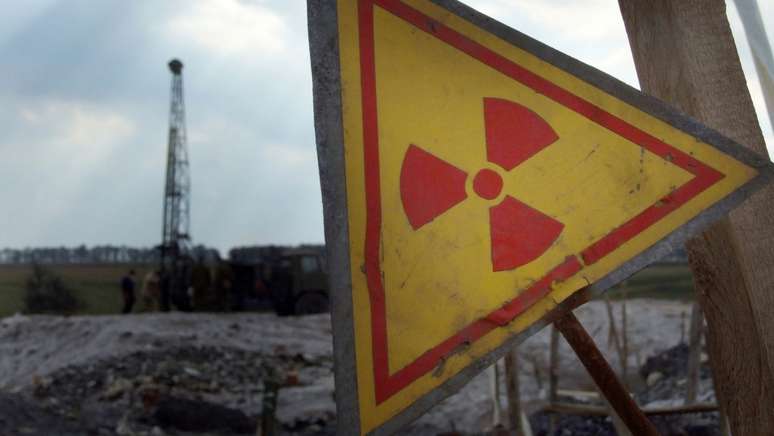The laboratory is deeply linked to two major nuclear accidents that have marked history: Chernobyl and Cesium 137.
In the heart of the Center for Nuclear Energy in Agriculture (Cena/USP), in Piracicaba, São Paulo (SP), is the Radioisotope Laboratory, directed by Elisabete Aparecida by Nadai Fernandes. Elisabete has a remarkable experience that includes her contribution during the Césium 137 accident in Goiânia, in 1987. This year, she will be awarded the Fundação Bunge Prize in the Life and Work category, in recognition of her outstanding services.
The laboratory has a deep connection with two important nuclear accidents that have marked history: Chernobyl and Cesium 137. Later, we will understand how these works intertwine with the research path and dedication of Elisabete and her team.
Food Traceability Studies
Traceability studies in Cena’s lab began in earnest in the 1970s and 1980s, with an initial focus on sugarcane. The main concerns were the production of sugar and ethanol, as well as the quality of the raw materials used in the industries. These studies arose because of the wear and tear on metal parts of the machines, caused by the fertile soil that was transported along with the sugarcane.
From then on, the need arose to investigate how this waste spread and what its impact was on the final products. This is how Elisabete and her team began to monitor and analyze the contamination of agricultural products.
How did you analyze the contamination of the milk powder?
After the Chernobyl disaster in 1986, Europe began selling powdered milk at very low prices, raising alarm bells. Elisabete and her team, in collaboration with the National Commission for Nuclear Energy (CNEN) and the International Atomic Energy Agency (IAEA), conducted several analyses to detect radionuclide contamination.
The cans of powdered milk, with their attractive design, have aroused the curiosity of the Brazilian consumer. However, studies have confirmed the presence of radionuclides, which could represent a serious health risk, especially for children.
What happened to the contaminated milk?
Surprisingly, many of these cans ended up being used for school meals. Concern grew when daycares and other institutions began collecting samples for analysis. The results continued to show higher-than-permissible levels of contamination.
The immediate response of CNEN was to increase the permitted level of radioactivity in imported foods, bringing them into line with European standards. However, questions about the long-term effects on the bodies of people who have consumed these products remain unanswered.
Understanding the Cesium 137 Accident in Goiânia
The year after the Chernobyl accident brought more challenges for Elisabete and her lab. The Césium 137 accident in Goiânia involved a capsule of radioactive material that was found and dismantled by recyclable material collectors, contaminating a residential area.
Cena’s lab was instrumental in analyzing a mango tree and its fruit that had been contaminated. Samples of leaves and fruit were analyzed and the results showed that the tree had absorbed cesium, completely contaminating the mangoes.
Legacy of Surveillance and Security
Cena’s efforts have had a significant impact to date. After the cesium-137 incident, Brazil tightened its agricultural export certifications. Cena conducts detailed analyses to ensure products are not contaminated, having conducted more than 100,000 tests to date.
Source: Terra
Rose James is a Gossipify movie and series reviewer known for her in-depth analysis and unique perspective on the latest releases. With a background in film studies, she provides engaging and informative reviews, and keeps readers up to date with industry trends and emerging talents.







